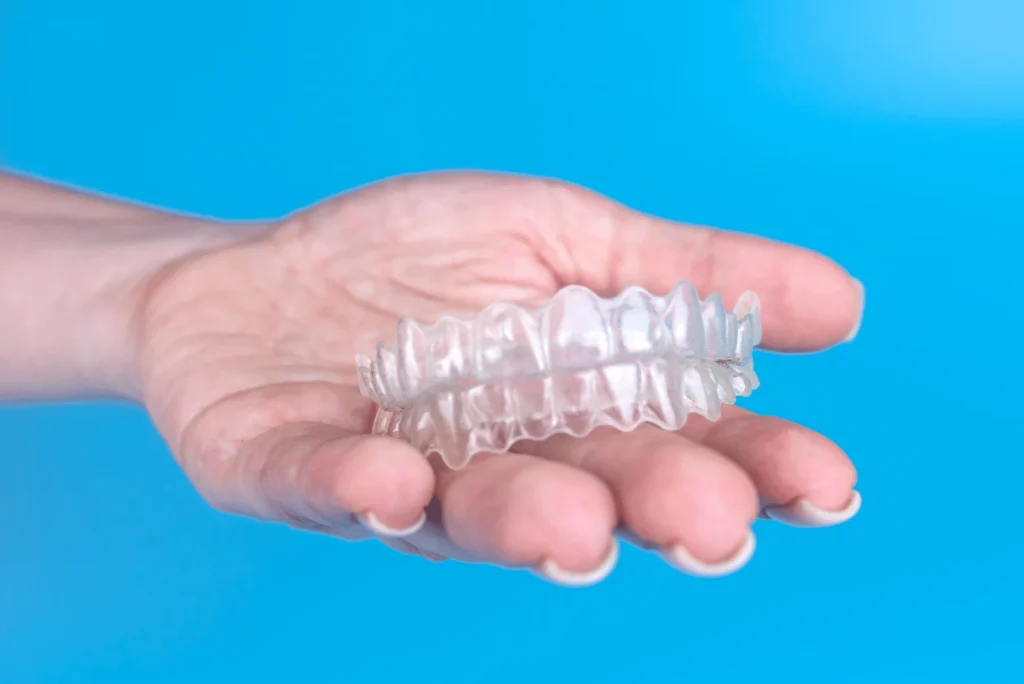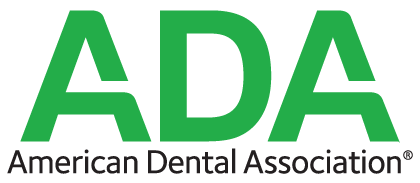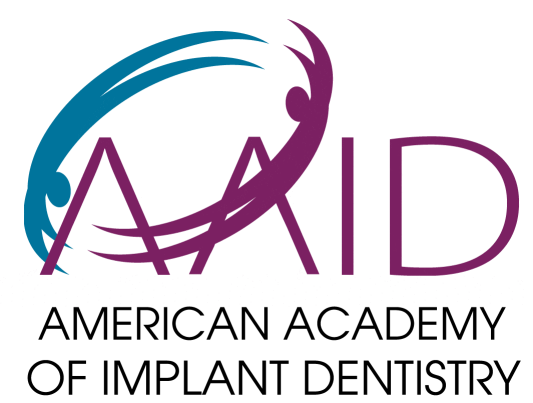Is Invisalign effective for molars is a question we frequently receive at Lansdowne Family Dental from patients concerned about whether clear aligners can address alignment issues in their back teeth as effectively as traditional braces. Yes, modern Invisalign technology is highly effective for moving molars, thanks to advanced features like strategic attachments, precision cuts, power ridges, and specialized mechanics that can rotate, tip, extrude, and even bodily move back teeth with remarkable precision. While earlier versions of Invisalign had limitations with complex molar movements, today’s system successfully treats a wide range of posterior tooth issues including rotated molars, tipped teeth, spacing problems, and bite corrections that involve significant back tooth repositioning. The key to successful molar movement with Invisalign lies in proper treatment planning, strategic attachment placement, and patient compliance with wearing aligners for the recommended 20-22 hours daily, as molar movements often require more time and force than front teeth corrections. However, extremely severe molar rotations, significant vertical movements, or cases requiring substantial root torquing may still be better suited for traditional braces in some instances, which is why comprehensive evaluation is essential.
At our dental practice, we specialize in complex Invisalign cases and use advanced 3D treatment planning to determine the most effective approach for your specific molar alignment needs. In this detailed analysis, we’ll explore how modern Invisalign moves molars, discuss the advanced features that make molar treatment possible, examine treatment limitations and alternatives, and help you understand why clear aligners can now successfully address even complex back tooth alignment issues.
Why Straightening Molars Matters
Before examining Invisalign’s suitability for molars specifically, let’s review why correcting their position matters for oral health:
Enables Effective Chewing
- Straight molars increase grinding efficiency
- Maximizes breakdown of foods for digestion
Distributes Biting Forces
- Optimally aligned molars share pressures evenly
- Prevents excessive wear or fracture risks

- Molars anchor balanced bite relationships
- Reduces TMJ and muscle problems
Facilitates Proper Cleaning
- The correct position allows better brush and floss access
- Minimizes decay and gum disease risks
So can Invisalign align molars adequately to provide these functional benefits? Let’s analyze some key factors…
Invisalign Capabilities for Molar Alignment
The aspects of Invisalign treatment that enable successful straightening of mildly to moderately misaligned molars include:
Specialized Attachment Knobs
- Strategically placed nubs adhere aligners to molars
- Allows precise control from all directions
Multiple Aligner Stages
- New trays slowly move molars step by step
- The total process takes 18-36 months typically
Supporting Auxiliaries
- Elastics connected to aligners apply additional pressure
- Further engages molars for more momentum
Advanced Plastic Material
- Enhanced thermoplastic allows a better grip on smooth molars
- New 3D printing creates ultra-precise fit around teeth
Thanks to constant material and design innovations, Invisalign now rivals braces in achieving small-moderate molar adjustments for teens and adults.
But what about more severe molar straightening cases?
Invisalign Limitations for Complicated Molar Issues
While its molar movement capacities keep improving with each software release, Invisalign still has disadvantages vs. braces in certain clinical situations:
Rotating and Vertical Movement
- Braces apply steady pressure better from multiple angles
- Invisalign relies on patient/clinician diligence for auxiliaries
Large-Scale Repositioning
- Brace coordination with bands allows substantial corrections
- Invisalign functions better for refinements after major adjustment
Teens with Expanding Jaws
- The growing jaw needs the strength of braces holding marches in sync
- Invisalign trays can’t withstand molars widening space
For mild crowding or tilting problems, Invisalign serves molars very well. But for more complex realignment cases in teens, full braces may still prove the safer choice limiting complications.
Schedule an Exam to Determine the Best Option
Wondering if your or your teen’s specific molar straightening needs make Invisalign appropriate or if braces work better? Consult our knowledgeable orthodontic team at Lansdowne Family Dental for an exam.
We’ll thoroughly assess all clinical aspects of the molars, jaw growth stage, and bite alignment to make an informed recommendation.
Whether Invisalign or braces serve you best, we tailor an efficient plan to achieve properly aligned molars critical for chewing and long-term dental wellness.
Don’t wait to start the process – call our friendly staff today to schedule your initial orthodontic assessment!






